Plants for the garden in a changing environment
Succulents are plants with thickened swollen leaves, stems, tubers or roots - usually with the aim of storing water for later use. As a consequence they are often drought resistant or tolerant of hot dry conditions.
In some cases, succulents can survive for two years or more without substantial rainfall event. They then have the capacity to really take advantage of intermittent rainfall when it does occur by putting on new growth and most importantly, flowering and fruiting.
Succulents are found in a whole range of different plant families and are really quite diverse and this type of adaptation has evolved independently on multiple occasions.
Botanically Cacti are a specific type of succulent – but gardeners generally talk about them as two separate groups. Cacti are strictly plants in the family Cactaceae and are characterised by swollen stems where they store water and the presence of spines which are highly modified leaves. As well as defending against herbivores, spines help prevent water loss by reducing air flow close to the cactus and providing some shade. In the absence of leaves, enlarged stems carry out photosynthesis. Interestingly spines are different to thorns – spines on cacti are modified leaves, whereas thorns (e.g. on roses) are modified stems.
Take a virtual tour of the succulent garden at the Royal Botanic Garden Sydney

Where do they come from?
Non-cacti succulents are found on all continents except Antarctica – but they have their highest diversity in Africa. Plants like Aloe and Euphorbia are extremely diverse – there are over 500 species of Aloe and more than 2000 species of Euphorbia. In the Karoo region of South Africa almost the whole landscape is composed of succulent species – with these types of plants replacing grasses, tree and shrubs that would be typical of our landscapes.
Cacti, on the other hand, are native to the Americas and can be found from Patagonia in South America through to western Canada. The centres of diversity of those adapted to drought condition are in Mexico and the southwestern regions of the US and in the Andes (Bolivia, Peru, Chile). Their restriction to the Americas would indicate that they evolved after the split of Gondwana so sometime around 120 million years ago.
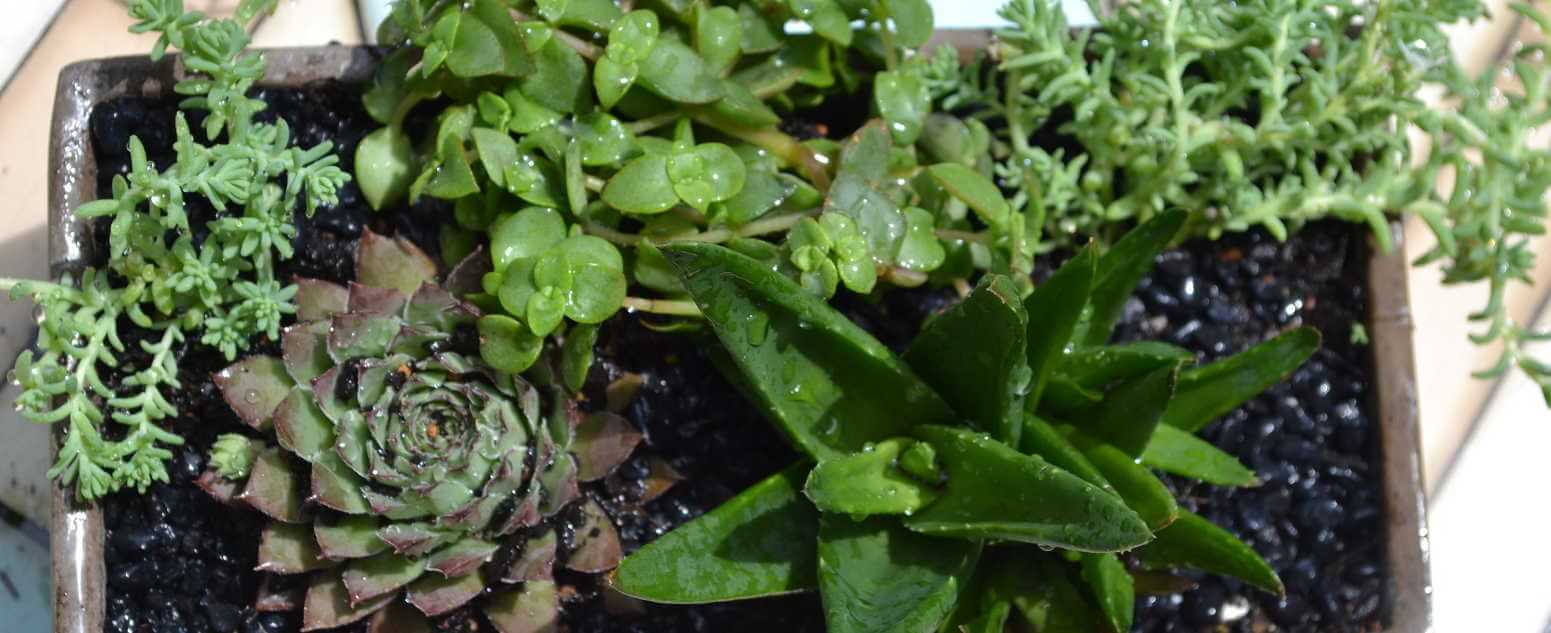
Are there any Australian succulents?
Despite being mostly an arid continent, Australia is seen by many as being devoid or almost devoid of succulents. Strictly this is not correct, but the numbers of succulents are very low. Of the 20,000 or more Australian vascular plant species, at least 400 are regarded as succulent but are poorly known. Some species like Carpobrotus, also known as pigface, and Portulacca are used in horticulture and are often used in stabilising sandy foreshores to minimise erosion. Several were also important food resources for indigenous people.
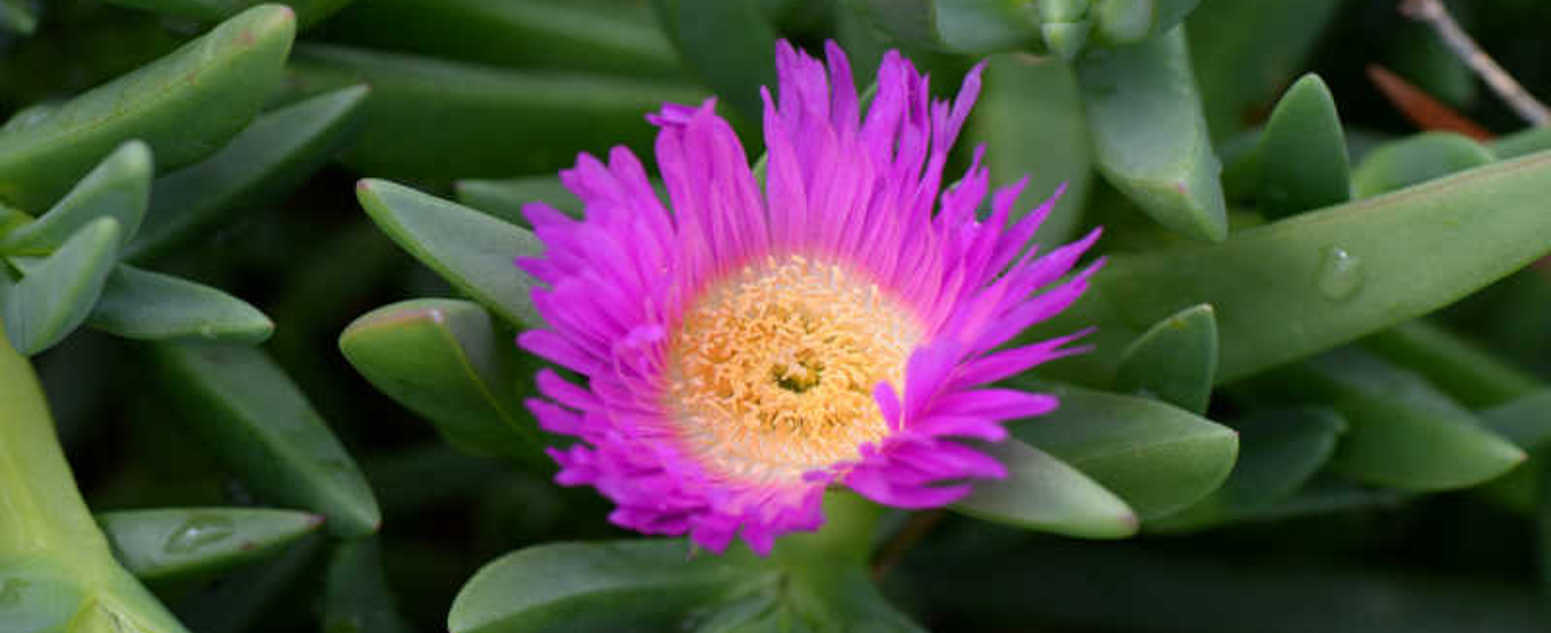
How are they adapted to hot dry climates?
The storage of water often gives succulent plants a more swollen or fleshy appearance than other plants, a characteristic known as succulence. In addition to succulence, succulent plants variously have other water-saving features. These may include:
- Crassulacean acid metabolism (CAM) – this is a specialised biochemical pathway used in photosynthesis that differs from that found in conventional plants. Simplistically it minimises water loss - during the night, a plant employing CAM has its stomata open, allowing CO2 to enter and be fixed as organic acids that are stored in vacuoles. During the day the stomata are closed (thus preventing water loss), and the CO2 is released from the vacuoles so that photosynthesis may take place.
- Absent, reduced, or cylindrical-to-spherical leaves – in Cacti they are reduced to spines.
- Reduction in the number of stomata – the breathing pores that allow CO2 to enter the plant (and oxygen to be released).
- Stems as the main site of photosynthesis, rather than leaves
- Compact, reduced, cushion-like, columnar, or spherical growth form – water loss is minimised by this type of architecture – and there are often ribs enabling rapid increases in plant volume and decreasing surface area exposed to the sun
- Waxy, hairy, or spiny outer surface to create a humid micro-habitat around the plant, which reduces air movement near the surface of the plant, and thereby reduces water loss and creates shade.
- Roots very near the surface of the soil, so they are able to take up moisture from very small showers or even from heavy dew
- Ability to remain plump and full of water even with high internal temperatures (e.g., 42℃)
- Very impervious outer cuticle (skin)
- Mucilaginous substances, which retain water abundantly
Many cacti have short growing seasons and long dormancies, and are able to react quickly to any rainfall, helped by an extensive but relatively shallow root system that quickly absorbs any water reaching the ground surface. Cactus stems are often ribbed or fluted, which allows them to expand and contract easily for quick water absorption after rain, followed by long drought periods.
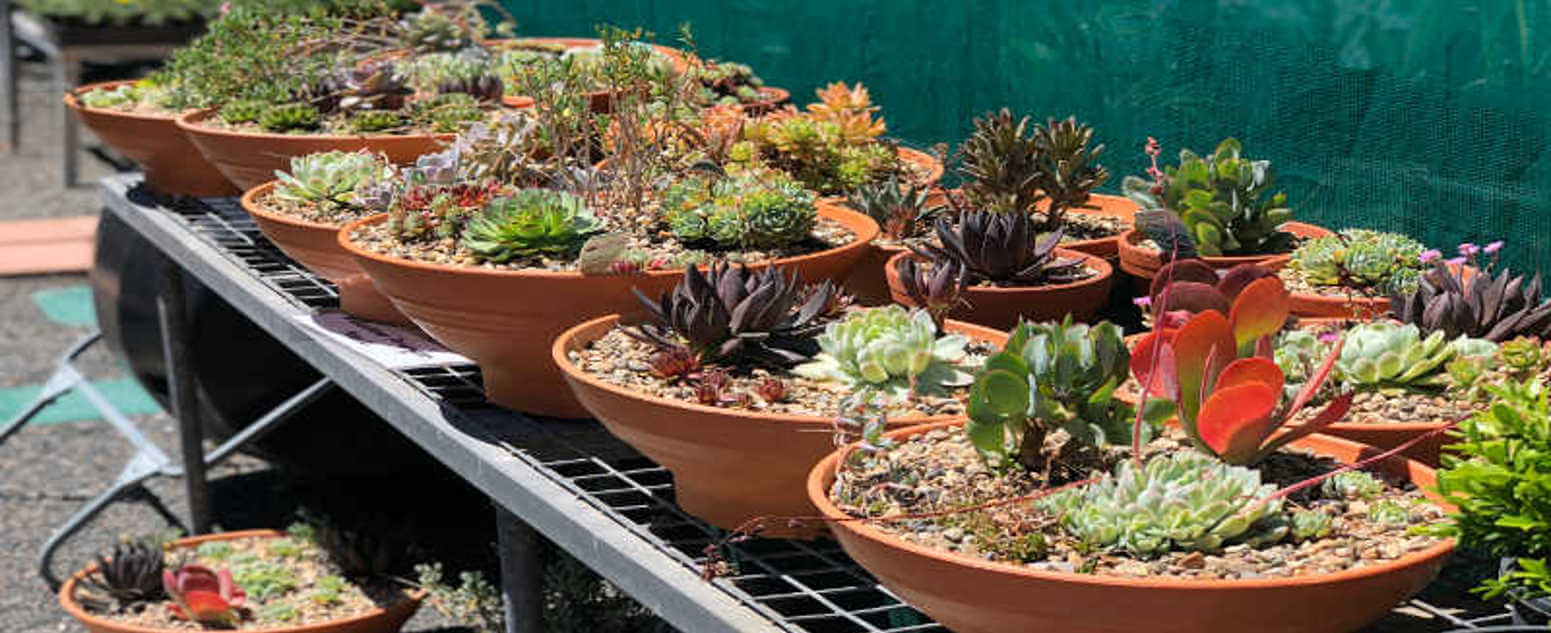
Can they become invasive?
Yes! There are a number of species that are terribly invasive weeds in Australia. Prickly pear (Opuntia) – a cactus - was one of the worst weeds in New South Wales and Queensland. The plants were introduced for use as a “biological fence” but many of these, especially the Tiger Pear, quickly became widespread invasive species, rendering 40,000 km2 (15,000 sq mi) of farming land unproductive. The moth Cactoblastis cactorum from South America, whose larvae eat prickly pear, was introduced in 1925 and almost wiped out the population of prickly pear. This case is often cited as an example of successful biological pest control.
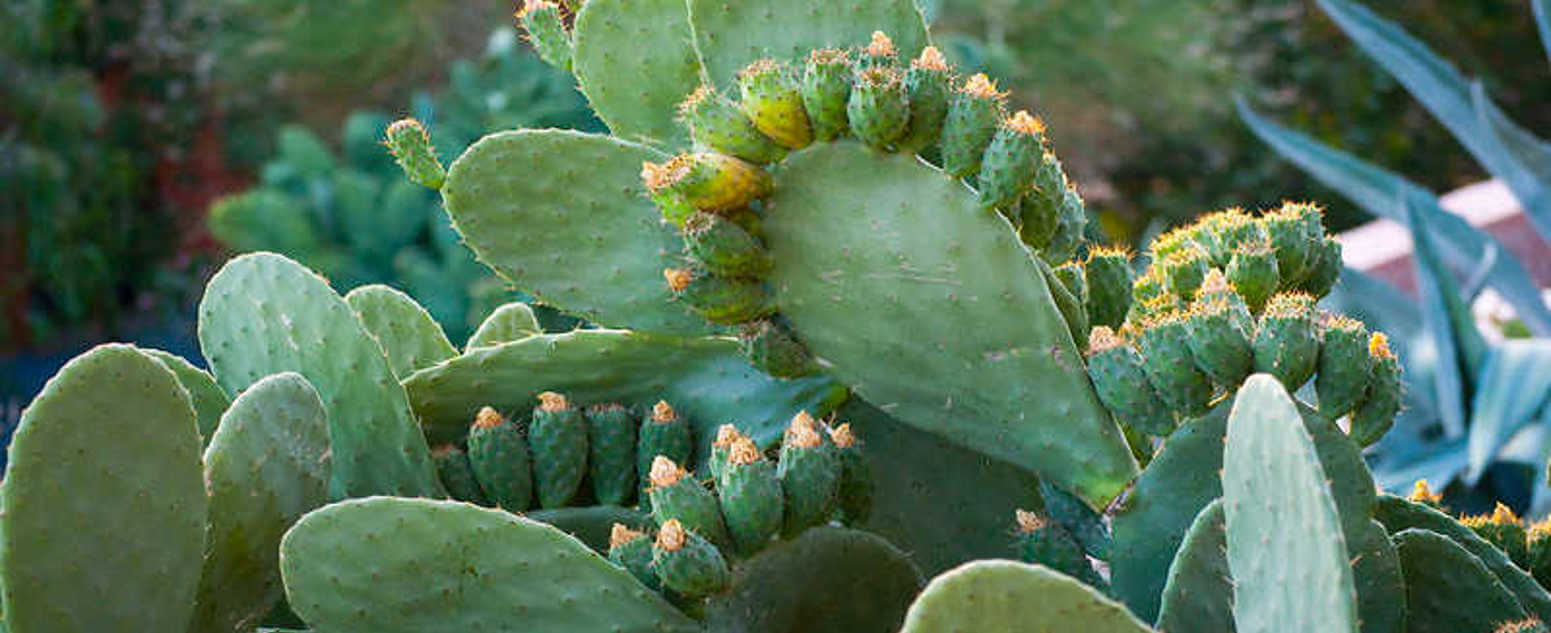
Image by Manuel Martin
What else do we use them for?
Many cacti have edible fruit and a number of cacti are cultivated specifically for that use around the world – you can see prickly pear and dragon fruit in the greengrocers. Prickly pear pads can be sliced up and used in salads. Species like Peyote and San Pedro Cactus contain mescaline, a psychoactive chemical, which have been used for many 1000’s of years by indigenous people in the Americas. Of the succulents – Agave is used for the production of Tequila, Aloe for the soothing sap, Euphorbia sap has purging properties that were used to treat various ailments in Europe.
But the latest gardening trend is their use in horticulture – they adapt well to potted production, are lower maintenance and most importantly in regions like Sydney can tolerate higher temperatures and can tolerate periods when they might not get too much water. As we start to feel the impact of climate change these will be the plants that most likely survive and even thrive in our gardens.
It really is very easy to grow many of the common succulents in pots on balconies, indoors (provided they get good sun) and in patios and courtyards. They are also fantastic plants to introduce gardening for kids as it is possible to simply break off pieces of the succulents to create new plants in a very short period of time. Care needs to be taken with Cacti of course, because the spines on the plant can be quite nasty. A good hint from our former Director of Horticulture, Jimmy Turner, if you do get some spines in your fingers or hand – cover the affected area with white or PVA glue and let it dry. Once it is dry gently peel the glue off and the spines will be lifted away as well.
One of the other very popular trends with these plants is to create mini-gardens or collections using all sorts of containers – old ceramics, pottery, tea-pots etc. Make sure you drill a drainage hole or two in the container and fill with a well-draining potting mix and just let your creativity take hold. The results can be fantastic!
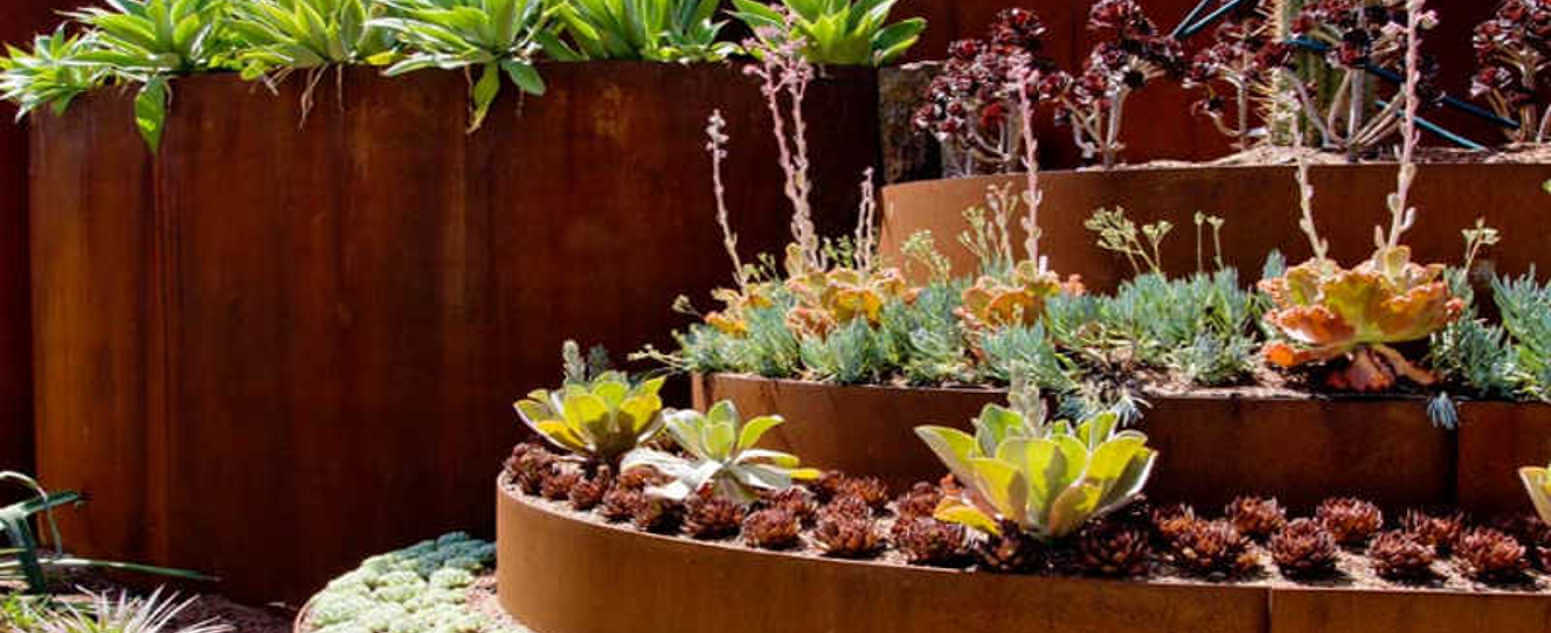
Succulent garden virtual tour
Check out the virtual tour of the Succulent Garden at the Royal Botanic Garden Sydney.
Related stories
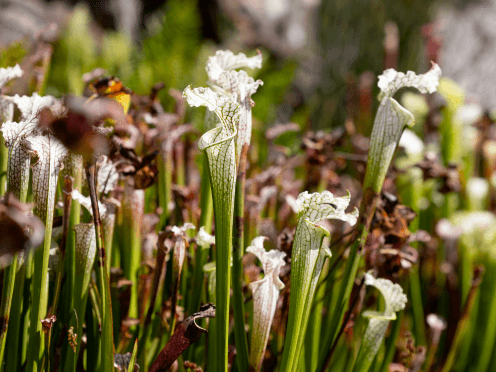
Three carnivorous plants to care for during the cooler seasons.

Three carnivorous plants to care for during the cooler seasons.
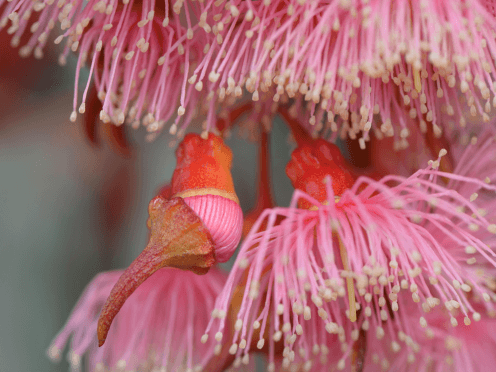
Eucalypts or gum trees are one of Australia’s most iconic plants. The scent of their oil alone evokes the bushland.